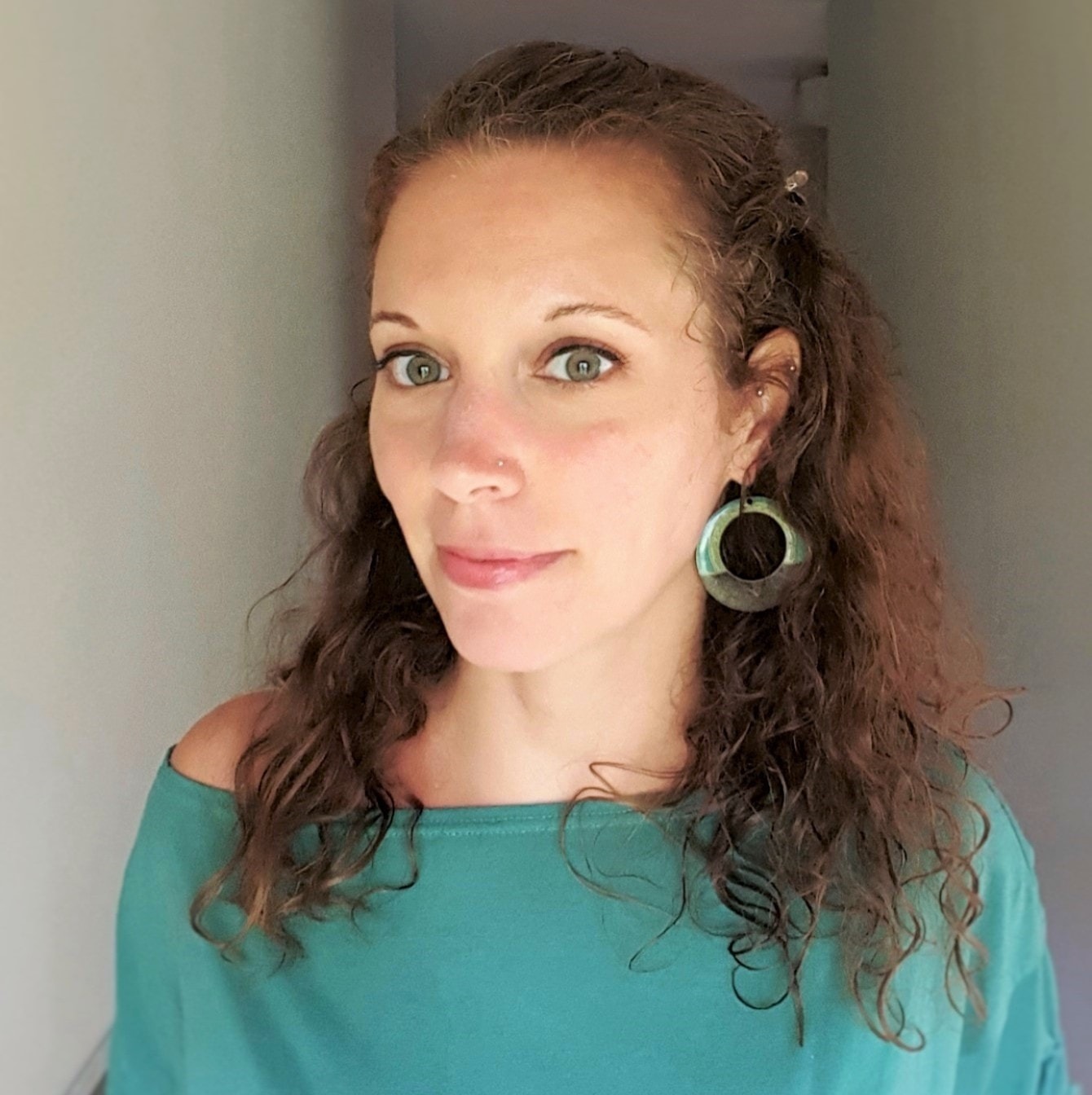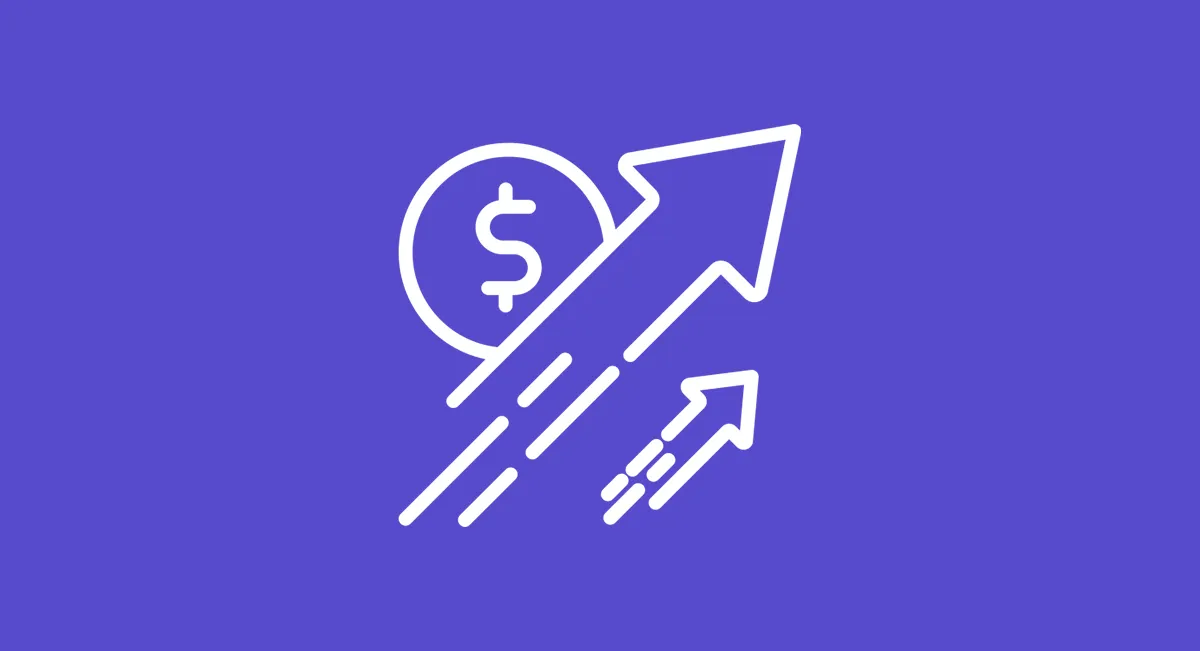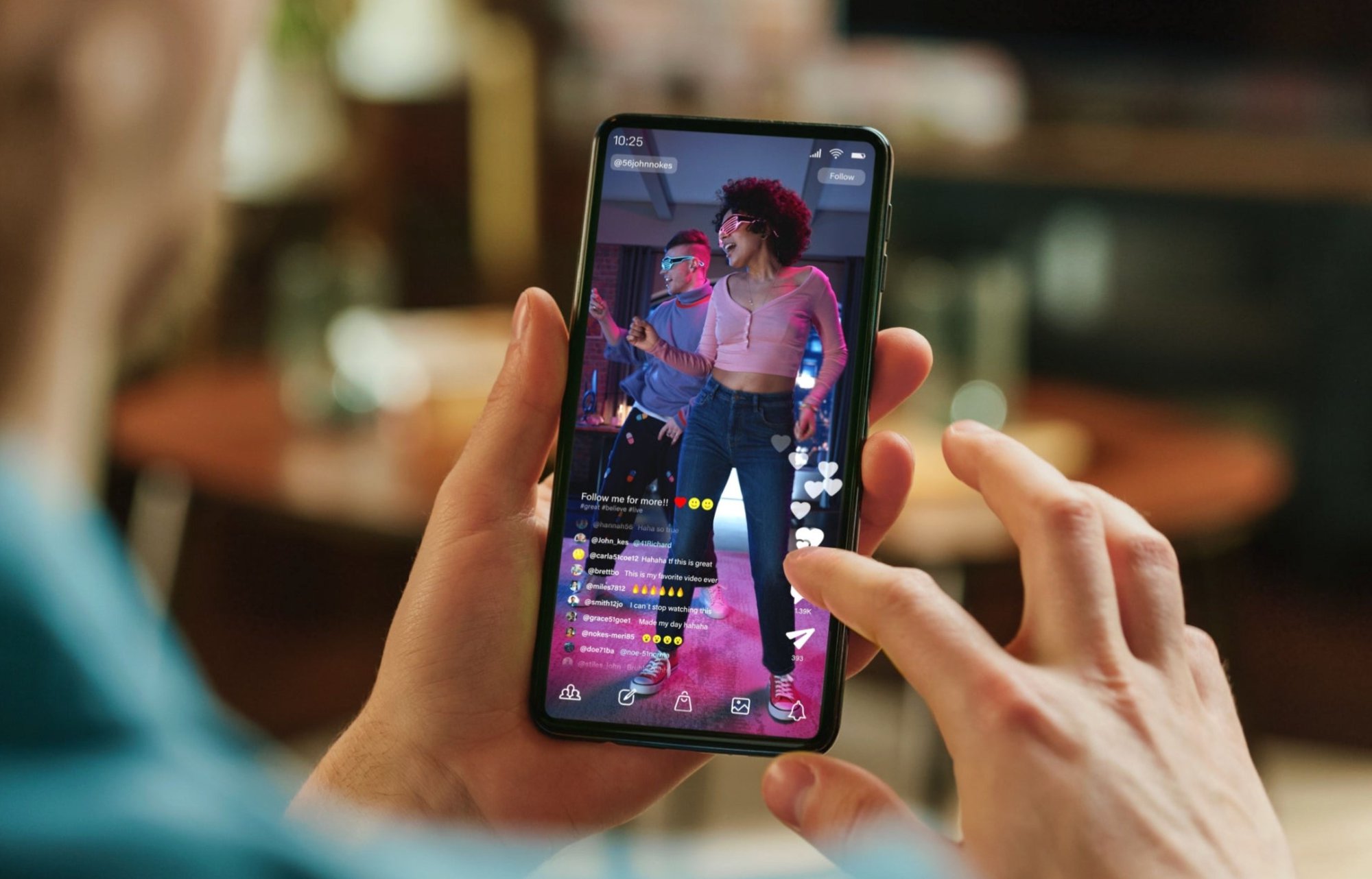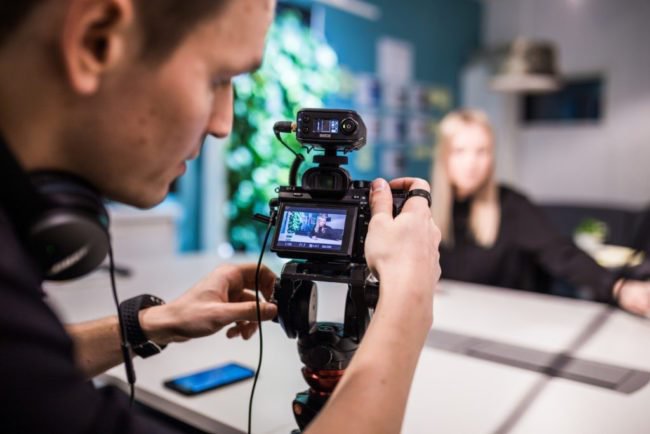Before we talk about video podcast equipment... When you hear the word “podcast,” you typically think of putting on a pair of headphones and listening to an audio podcast while cleaning your kitchen. Yet, video podcasts are becoming more popular than ever before. Content creators have started to record video versions of their audio recordings to help them attract a new viewership.
And now, you’re ready to take the plunge yourself (congratulations!). But listening to podcasts is one thing, taking on your OWN podcast is another. Turns out, podcast hosting can seem overwhelming at first. That’s why we've compiled a list of everything you need to consider before you dive into the sea of video podcast equipment that’s out there.
What to Consider Before Looking for the Best Video Podcast Equipment
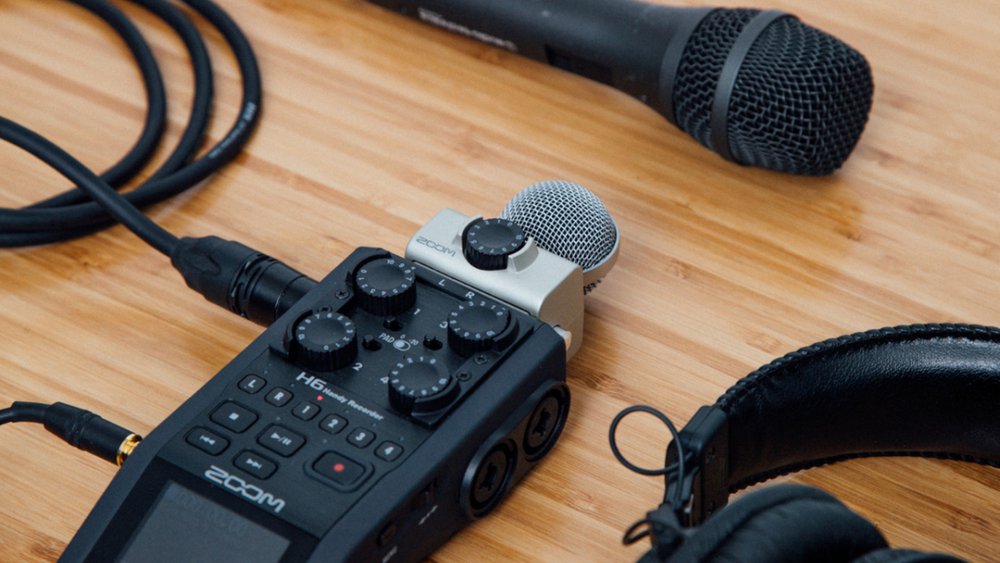
What Type of Podcast Are You Making?
When it comes to deciding what type of gear you’ll need, it’s important to think about what type of podcast you'll be hosting.
- Will it be in real-time or pre-recorded?
- Are you the only host or will you have co-hosts?
- Do you need wireless mics or need a mic stand?
These are all major things to think about before investing in video podcast equipment.
Do You Plan to Host More Than One Guest at a Time?
The number of guests, co-hosts, or musical performances you’ll be hosting is a big factor when it comes to choosing video podcast equipment. Why? So you know how many microphones you’ll need to budget for (and how many inputs you’ll need for your audio interface!).
Note: You might need an audio mixer if you feature musical performances or have a lot of guests.
Something else to think about is whether your guests will be gathered in one place or if they’ll be scattered about the room. This will make a difference in what type of microphones you’ll opt for (we’ll cover this a bit later on).
Where Will You Be Hosting Your Podcast Recording?
Will you be recording at home or on the go? Meaning, is your podcast going to be “on location” at major events? Or will you be traveling to meet up with your guests at local pubs or restaurants?
If you load up on big, clunky gear, that won’t do you any good if you have to pack up and travel 3 hours to meet up with an artist at a gig, right? Not only does it make for heavy travel, but setting up all that video podcast equipment in a hotel lobby just isn’t practical.
Think Long Term Before Investing
This step is often an afterthought when new podcasters are on the hunt for podcast equipment for the first time. But you want to think long-term here! You don’t want to go out and make big, expensive purchases only to have to retire them after a few months.
If your ultimate goal is to be out on the field, you’re better off investing in that equipment from the start. Otherwise, you’re going to end up having to splurge for more video podcast equipment in the future.
Of course, we’re not saying you have to blow through your savings. But if you’re going to invest in equipment for your podcast studio, and your end goal is to be on the road, you might want to carefully consider your purchases.
Do Smartphones Count as Video Podcast Equipment?
One of the most essential pieces of equipment for a video podcast is a good, high-quality camera. You might be surprised at this, but you can definitely take advantage of the tech you carry around with you in your pocket!!
But we will offer a word of caution... even if you’re recording using your smartphone, we HIGHLY recommend NOT relying on the built-in Apple iOS mic. You want to make sure you and your guests have their own external mics for good sound quality.
What Type of Mic Will I Need?
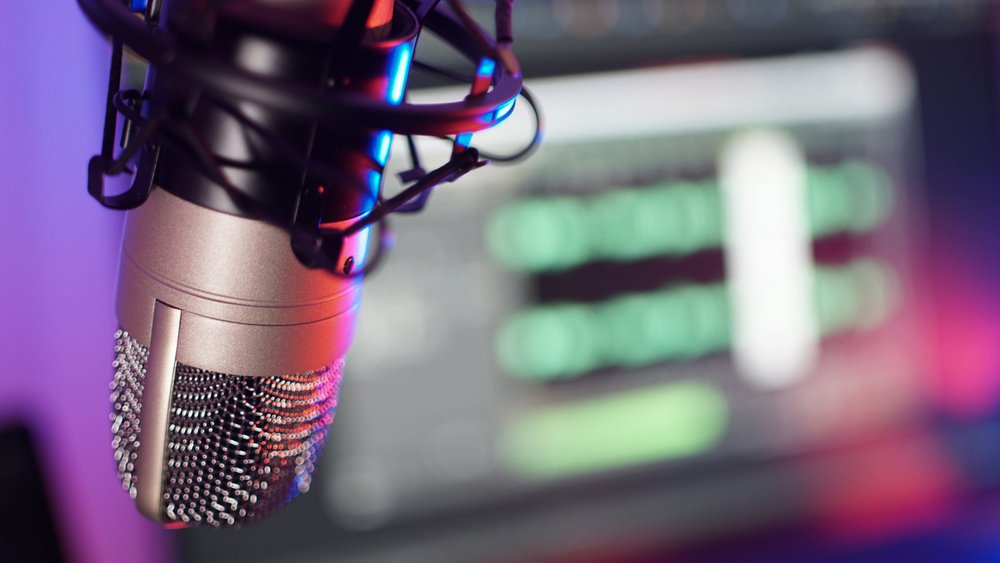
Think about your podcast setup. Are you recording in a space that picks up a lot of background noise, or a room that doesn’t have the best acoustics? You need to account for that audio quality. These seemingly small, but crucial details, play a major role in the type of video podcast equipment you’ll need to purchase.
Whether your budget is big or small, there are mics out there for podcasters on all ends of the spectrum. If you need something more low-cost, you can simply start with a USB microphone and work your way up to the more expensive, high-tech stuff.
In case you're wondering, a podcasters' favorite USB mic is probably the Blue Yeti. Not only is it great for hosting, but it also offers bidirectional functionality for guest interviews.
Are you planning to record your podcasts at home? It's likely that your acoustics aren't up to snuff (unless you’re a musician with your own home recording studio).
An XLR microphone records analog audio signals. As a result, they are not equipped with an analog-to-digital converter and require a separate interface (not ideal for those that listen to podcasts on the go). Not only that, you’ll need a multi-channel audio interface as well. The downside is they are more expensive than average USB microphones, even though you end up with better sound quality.
If you do have a home studio, the best podcast microphone is a condenser microphone. These are ideal for live podcasting in quiet studios because they pick up on such delicate sounds. Alternatively, dynamic microphones reduce background noise really well, so they may be your best friend if you have environmental noise to contend with (people talking, kids running around, cars passing by).
What Are Other Types of Video Podcast Equipment to Consider?
Even if you use your iPhone, you may want to consider using another camera to capture more dynamic shots. If you want to go the traditional route, camcorders are still a thing. But if you already have a DSLR camera – like a Nikon D5600 or Sony A7III – don’t be afraid to take advantage of their video functions.
Don’t forget! If you use a DSLR, make sure you have enough space on your memory card and battery life before filming!! The last thing you want is to get halfway through a gripping episode and have the recording cut off.
There you have it! Our beginner’s guide on what to consider before buying video podcast equipment.
Frequently Asked Questions
- What’s the best video format for recording podcasts that will be repurposed on social media?
Vertical or square formats work great for Instagram, TikTok, and LinkedIn. For repurposing long-form into short, optimized clips, check out Levitate’s Social Media Video Services.
- How do professional studios ensure consistent audio and lighting quality?
Through dedicated pre-production planning, multi-cam setups, and audio isolation. If you’re looking to elevate your branded content, Levitate’s Marketing Video Services are built to handle high-quality multi-format delivery.
- Are there examples of brands using podcast content as part of their larger video strategy?
Qventus combined expert interviews with B-roll and 2D animation to create multi-purpose content that could serve both internal and external audiences.
- Where can I learn more about video content that supports brand storytelling?
The blog on Brand Story Videos breaks down how brands are using visual storytelling across formats, including podcasts, to build trust and connection.
You can always contact us if you’d like a production video made to promote your new podcast!
